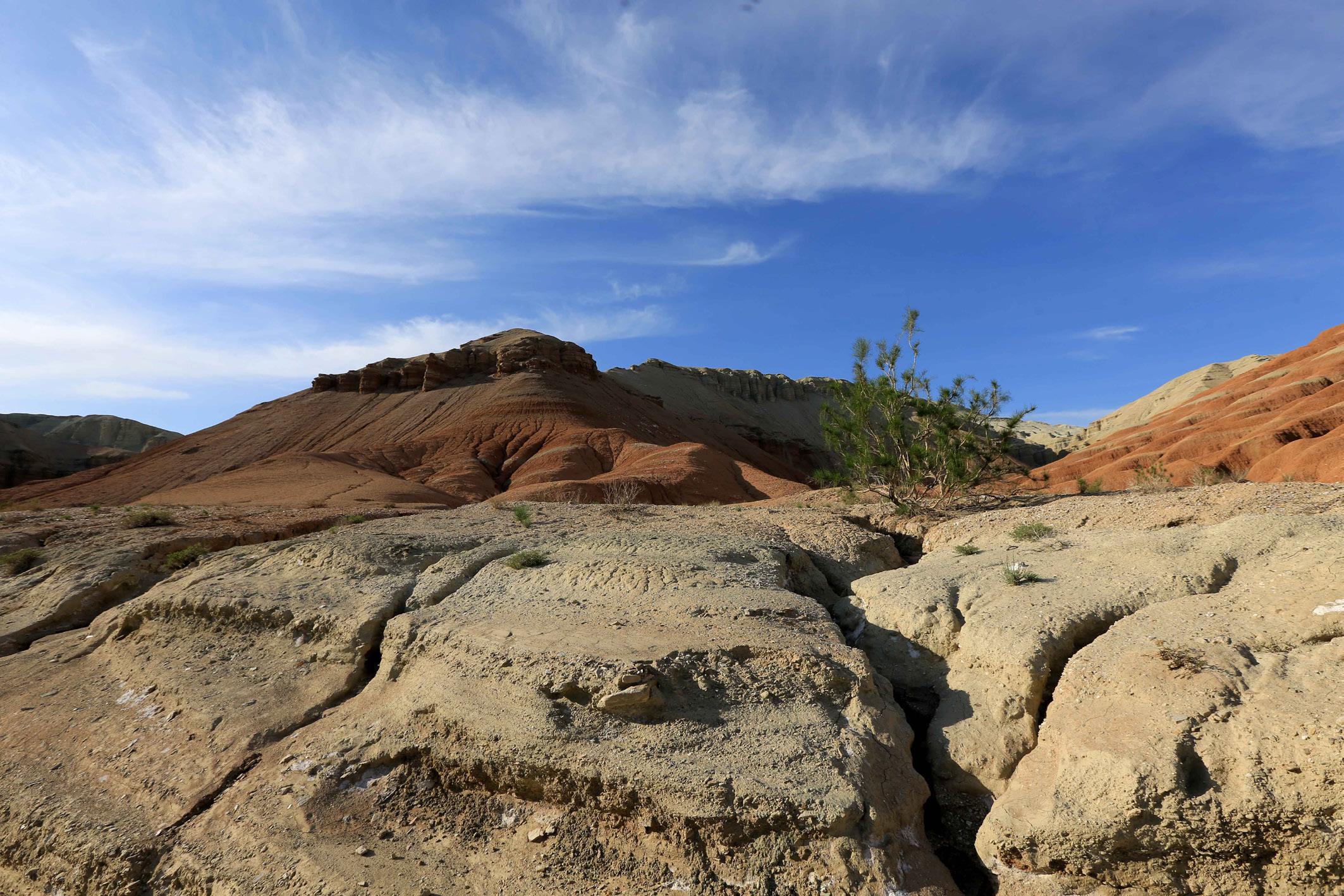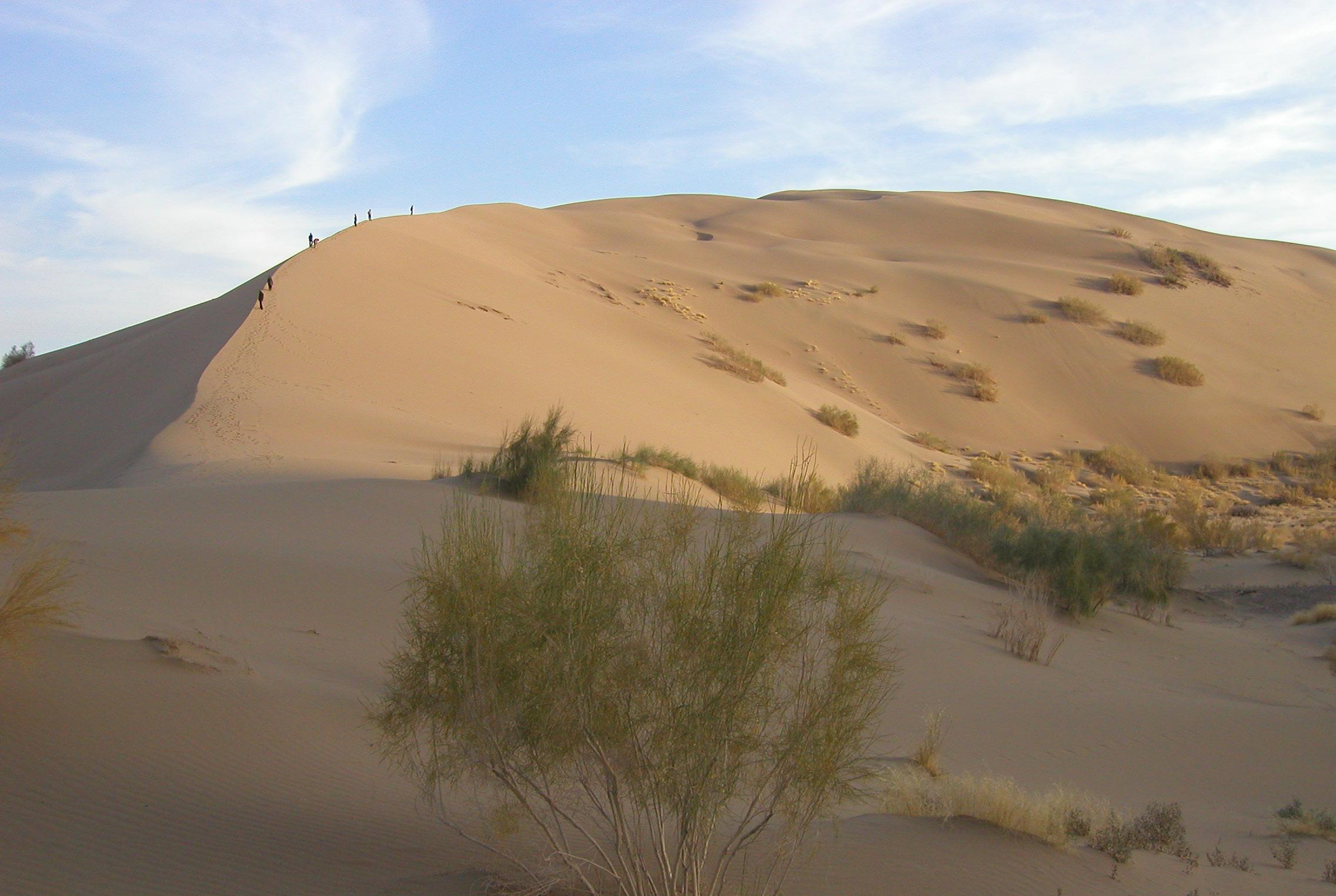Altyn-Emel National Park

One of the most interesting natural reserves in Kazakhstan, Altyn-Emel National Park manages to fit a huge diversity of ecosystems into its boundaries. Even though it consists mainly of desert and rocky terrain, there's a difference in altitude of about 3500 metres from the Ili River in the south to the Aktau mountain range in the north. This means you'll find a large variety of different plants, animals, and scenery as you travel through the park.
On the plains there are sandy deserts, as well as brown-soil deserts, that are dotted with semi-shrubs and perennial saltworts. Rising up in altitude, there are stony deserts with some shrubs on the foothills. Higher up in the mountains, there are a few meadow and forest ecosystems, but the peaks tend to be barren and rugged, with intense shapes in some areas.

One of the reasons you may want to come is to look for wildlife, and the most significant animal here is the kulan, which prefers to live in the open rugged areas with hard soil, avoiding the sandy parts of the desert. In 1982, 27 kulans were brought here for a conservation project and, because of its success, their population has grown to more than 3600. Other mammals include the argali (also known as the mountain sheep) and the goitered gazelle, plus there are about 300 species of birds that you may be able to spot in different areas throughout the year.
A highlight of Altyn-Emel National Park is the Singing Dune. This crescent-shaped dune gets its name because of the noise it makes when the sand grains rub together, which people think sounds similar to a pipe organ or a low singing voice. Another popular route for tourists in the park is up into the Aktau and Katutau Mountains, which have formed with multi-coloured layers and dramatic shapes that look like another planet.

There's also an important cultural site within the park that is worth taking the time to drive to. The Besshatyr Burial Ground has mounds that were built as early as the 7th century BC by the nomads who lived on the steppes at the time. Excavations of the burial sites have discovered artefacts that include gold decorations, weapons, and armour.
When you visit Altyn-Emel National Park, be sure to pop into the 'World of Semirechye' visitor centre, which was opened in 2016. It has information stands about the park, including the natural monuments and the various types of landscapes, offering visitors a complete picture of the whole park.

